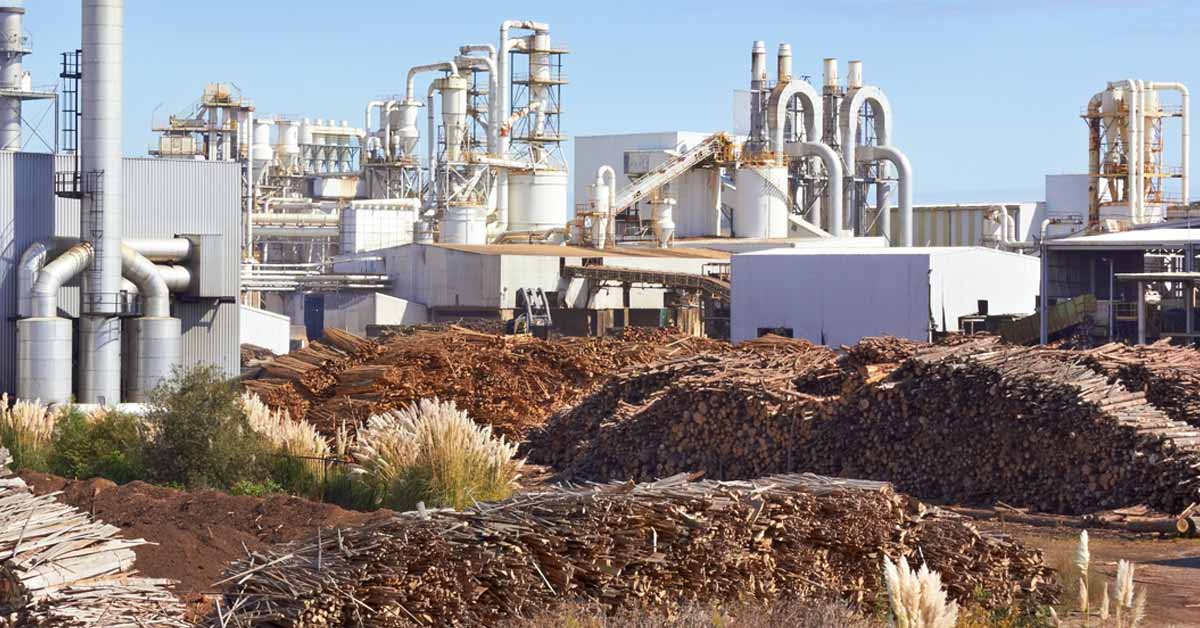Similar to previous years, the Pulp and Paper industry underwent some significant changes and faced some unexpected challenges in 2022. Despite the uncertainty every year brings, our predictions from last year were pretty spot on. Some of those predictions included an increase in fiber-based packaging, a slow-down in demand in China, and an increased focus on ESG initiatives — just to name a few.
Once again, Fisher International has created a fresh set of new predictions as we enter 2023 to provide our readers a sound understanding of potential industry trends with an eye towards the future.
2023 Predictions
- Energy volatility in Europe will create winners and losers. The ‘winners’ will consist of low-cost importers, whereas the ‘losers’ will be mills exposed to energy volatility, particularly natural gas. The Russian-Ukraine war will continue to create a cloud of uncertainty across the entire continent.
- There will be an increase in capital flows into wood-based biofuels. This increase is primarily in response to regulatory incentives such as the Inflation Reduction Act and the EU’s Fit for 55 package, as well as consumer demand. The main question, though, is how will pulp companies participate?
- Central Bank efforts to rein in inflation will slow demand worldwide. Oversupply in some regions and grades will pressure margins. Low-cost players will gain share and new regions will emerge as important centers of production. This will become especially apparent in Southeast Asia as fiber flows continue to divert from China and as Western companies move manufacturing out of China.
- One or two pulp mills in British Columbia will permanently close. This will come as a result of wood resource pressures that are both long-term (sawmill capacity migrating to the US South) and short-term (housing starts) combined with softening end demand.
- Recent geo-political events will cause executives to rethink the risk-reward of offshore manufacturing. The US South, with a combination of low costs, volatility, and excellent infrastructure, is expected to benefit. Might we see the first greenfield pulp mill in two decades announced for the US?
While we expect some degree of ongoing volatility in the near-term, we’re optimistic and excited to see what the Pulp and Paper industry can accomplish in 2023. To make sure you don’t miss any future posts discussing the global Pulp and Paper industry, sign up for Fisher’s weekly blog updates.









